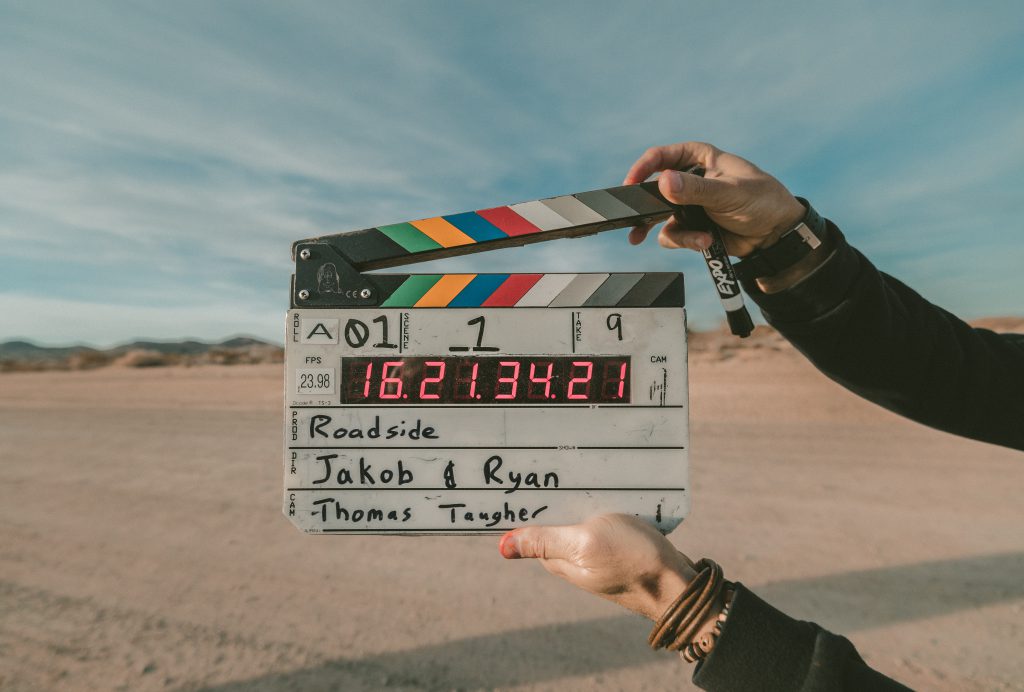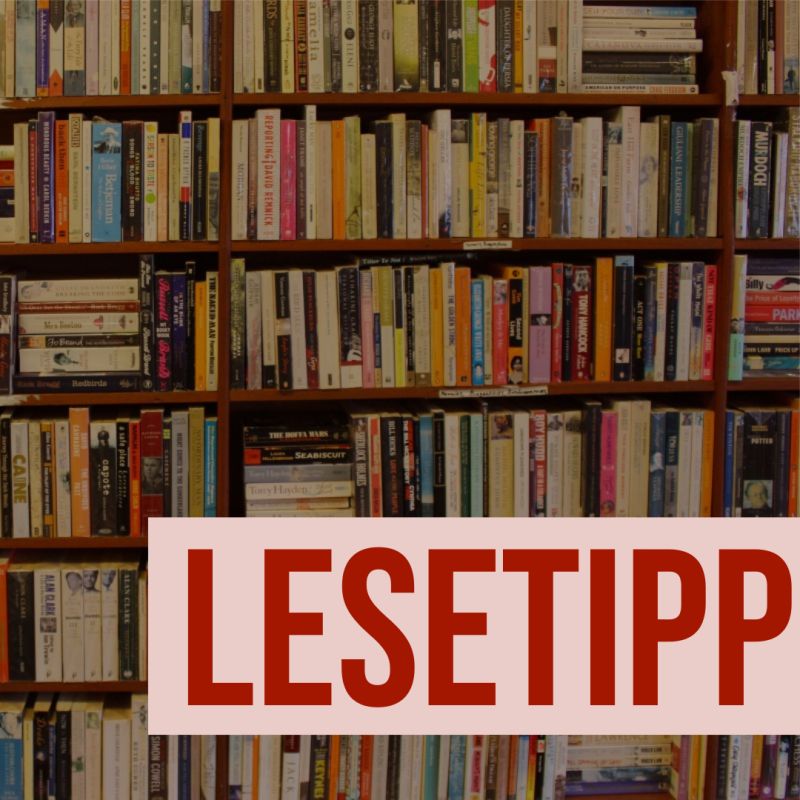
Develop, share and use high-quality learning materials
Knowledge transfer benefits from the targeted preparation of learning content. But how do I, as a trainer, develop good learning materials that support and advance the achievement of learning goals? Which resources am I allowed to use and how can I modify and adapt them to my target group without violating copyrights?
This blog post describes what you as a trainer should consider when developing high-quality learning materials. Sounds interesting? Then click on Read more!
The task of imparting knowledge is part of most educational events, along with the development of „soft skills“. This raises the question of how we as trainers can prepare the learning content in a suitable form for the target group and which quality standards we can use as a guide. Jöran Muuß-Merholz takes up the cudgels for a demanding and serious „copy & paste“ principle, which is and should be part of our educational landscape.
After all, preparing and passing on knowledge is one of the core tasks of adult education. There is no question in my mind that the sources must be disclosed and plagiarism must also be avoided in the field of education. But there is a subtle difference. In contrast to a scientific paper, where I discuss arguments or study results, the creation of learning materials is about the didactically valuable preparation of content for the purpose of imparting knowledge.
When creating learning materials, it is our task to present complex topics in such a way that they optimally support the learning process. The question of how existing material may be further processed and changed is therefore particularly relevant for the education sector. To make it clear what I mean when I say learning materials, here is an example from basic education, which includes both the content-related processing of the topic of labour law and specific copy templates for study sequences.
I have divided my thoughts on the quality of learning materials into three question areas:
1. Creation: How do I create quality learning materials? What should I consider in the process?
2. Sharing: What criteria are relevant when I want to make learning materials available to others or use existing materials?
3. Use: Where can I find quality learning materials that I can use for my training?
Now step by step….
1. How do I create quality learning materials? What should I consider?
The criteria can be divided into several parts:

The first challenging step is to select the appropriate content, with the aim of presenting the topic comprehensively but in a digestible form. The concept of didactic reduction, which I have described in detail here, is helpful here. In addition to the scope of the learning content, the quality also stands and falls with a clear and comprehensible structure, which contributes significantly to learning success.
Basic questions I ask myself when creating learning materials are:
- Does the scope of the learning content match the topic and the learning objectives of the training?
- Do the learning materials support the learning process and arouse interest in learning?
- Do I use clear and understandable language that is accessible to all participants, i.e. inclusive, gender-sensitive and non-discriminatory?
- Do the chosen examples cover a broad spectrum of social reality and do they also include minorities or disadvantaged groups
You can find more helpful questions from the University of Bremen here.
Criteria to be considered with regard to learning content include the currentness of the content as well as the verification of the respective sources. Being accurate here is an essential quality feature in the creation of learning materials, especially in times of „Doctor Google knows everything“. Learners can rightly check questionable content with a quick internet search and thus also put the trainer in a state of argumentation emergency.
When creating assignments and exercises, which are also learning materials, the following quality criteria can be applied:
- Clear and comprehensible description of the task in terms of the intended learning objective.
- Description of the work steps incl. clear indication of the expected end product (e.g. flipchart with 5 most important facts)
- Time and social structure, e.g. individual or group task, possibly with role specifications.

An exciting and contemporary form of preparation is the creation of learning videos, which I can integrate in a comprehensive way into my training with or without blended learning aspects. Here you will find a very good guide to creating learning videos.
If I have spared neither effort nor expense in developing great materials, it makes sense to make them available to others and, in turn, to access the resources of others as well. However:
2. What criteria are relevant when I want to make learning materials available to others or use existing materials?
The answer to these two questions can be summed up in one term: Copyright. This often works against the free sharing of knowledge and materials. In 2013, the European Commission tried to counteract this tendency in a communication to the member states and to promote the sharing of resources in the education sector in the sense of opening up education.
The „economy of give and take“ has established itself in the education world under the term OER (Open Educational Resources). OER is a collective term for a wide variety of materials that are made freely available with the help of an established licensing – often Creative Commons. This can include learning videos, image and photo material as well as scripts and manuals. Clear licensing protects authors by defining how the material can be used.

The licence also helps the users, who know whether and in what form they can re-use the material. Sharing and using becomes easier and safer. After all, as an author, I don’t want to run the risk of my work being used by others without attribution, nor do I want to find myself in the situation of using copyrighted material. Common questions that arise in relation to OERs are answered here.
If you are interested in more details, you will find a wide range of materials and online courses that are freely accessible in line with the motto „Sharing is Caring“.
Now only one question remains:
3. Where can I find quality and freely available learning materials that I can use for my training?
The REFAK blog itself can be mentioned as a wonderful platform where high-quality contributions on a wide range of (trade union) adult education are freely available. All contributions published here are licensed under a Creative Commons licence and are subject to editorial quality control. From theoretical contributions to methods and toolboxes to specific exercises that you can adopt 1:1 for your training, you will find almost everything here. The REFAK blog has clearly earned this small advertisement. After all, it was accessed almost 40,000 times in German and English-speaking countries last year.

The great challenge in the use of learning materials is systematic search. International or German-language platforms for the dissemination of „Open Educational Resources“ support the cause of making education and educational resources openly accessible. If you are overwhelmed by these platforms, you can find further references here that have already been prepared for trainers in adult education or cover topics in civic education.
I hope this blog post has helped you to gain more clarity about the quality and sharing of learning materials. And if you still don’t have enough, here’s
material for further reading:
- Mariacher, Christian (2021): Designing learning materials well. Bad Heilbrunn: Verlag Julius Klinkhardt (UTB Schulpädagogik, 5597).
- Muuß-Merholz, Jöran (2018): Finding free teaching materials, using them in a legally secure way, making and sharing them yourself. With online materials and e-book inside. 1st edition. Weinheim: Julius Beltz GmbH & Co. KG.
Freely accessible online courses
- Massachusetts Institute of Technology
- Free online courses at university level – Austria
- Free learning at OPEN UNIVERSITY
Author: Margret Steixner
Translation: Astrid Donaubauer
Want more? You can find all the articles in the series HERE!

Dieses Werk ist lizenziert unter einer Creative Commons Namensnennung-NichtKommerziell-Weitergabe unter gleichen Bedingungen unter gleichen Bedingungen 3.0 Österreich Lizenz.
Volltext der Lizenz


